The Third Avenue facade of Marshall University’s Science Building in Huntington, WV is adorned with a stone bas-relief bearing tributes to influential scientists – Benjamin Franklin, Thomas Edison, geologist Thomas Chamberlin, biologist Louis Pasteur, physicist Josiah Gibbs, and mathematician Charles Steinmetz. These influential thinkers and problem-solvers each sought to discover truths in domains that piqued their curiosities, all to better understand the beauty of the world around us.
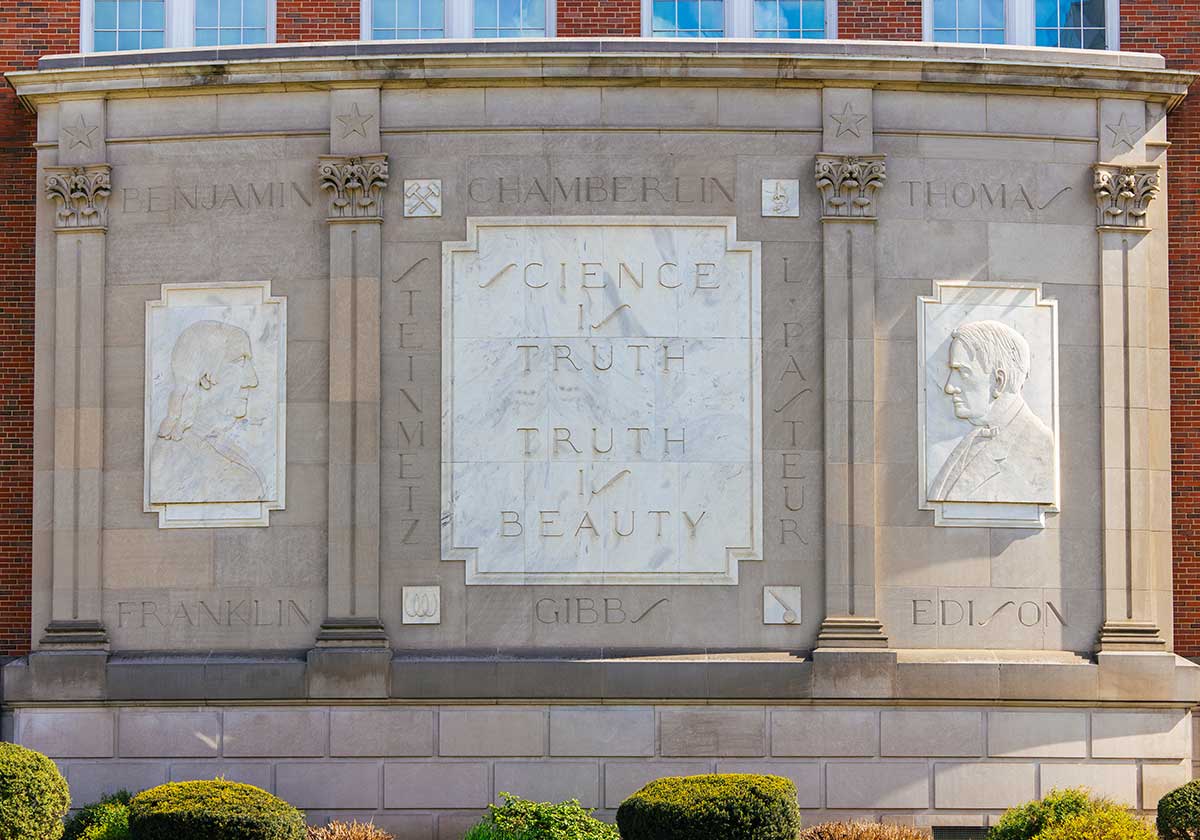
Benjamin Franklin
 Benjamin Franklin, revered for his remarkable scientific contributions, left an indelible mark on the landscape of the 18th-century. His groundbreaking experiments with electricity propelled him into scientific stardom, culminating in the iconic kite experiment that unveiled the nature of electrical currents. Franklin’s keen observations and analytical mind led to the formulation of key theories, including the concept of electric charge conservation. Not content to rest on his laurels, he harnessed his scientific insights to invent the lightning rod, a device that revolutionized the protection of buildings from lightning strikes. Franklin also delved into meteorology, making significant strides in understanding the Gulf Stream and prevailing winds. His dedication to systematic inquiry and empirical methods became a beacon for the Enlightenment era, influencing subsequent generations of scientists. Franklin’s legacy as a pioneering figure in science is a testament to his insatiable curiosity and rigorous pursuit of knowledge, underscoring his enduring impact on the scientific community.
Benjamin Franklin, revered for his remarkable scientific contributions, left an indelible mark on the landscape of the 18th-century. His groundbreaking experiments with electricity propelled him into scientific stardom, culminating in the iconic kite experiment that unveiled the nature of electrical currents. Franklin’s keen observations and analytical mind led to the formulation of key theories, including the concept of electric charge conservation. Not content to rest on his laurels, he harnessed his scientific insights to invent the lightning rod, a device that revolutionized the protection of buildings from lightning strikes. Franklin also delved into meteorology, making significant strides in understanding the Gulf Stream and prevailing winds. His dedication to systematic inquiry and empirical methods became a beacon for the Enlightenment era, influencing subsequent generations of scientists. Franklin’s legacy as a pioneering figure in science is a testament to his insatiable curiosity and rigorous pursuit of knowledge, underscoring his enduring impact on the scientific community.
Thomas Edison
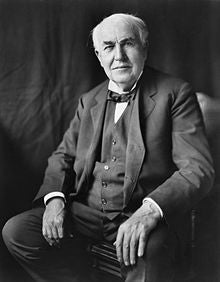 Thomas Edison, an iconic figure in science, revolutionized the world with his groundbreaking inventions and relentless pursuit of innovation. His most transformative contribution came in the form of the practical electric light bulb, a paradigm shift that illuminated the world and altered the course of human history. Edison’s keen understanding of electrical currents and materials enabled him to develop not only the incandescent bulb but also the entire infrastructure needed for widespread electrical distribution. His pioneering work laid the foundation for modern power systems. Beyond lighting, Edison’s inventive genius extended to the phonograph, the motion picture camera, and numerous other devices that have shaped our technological landscape. Edison’s scientific approach, coupled with his entrepreneurial spirit, exemplified the marriage of scientific inquiry and practical application, leaving an indelible legacy in the field of applied science and technology.
Thomas Edison, an iconic figure in science, revolutionized the world with his groundbreaking inventions and relentless pursuit of innovation. His most transformative contribution came in the form of the practical electric light bulb, a paradigm shift that illuminated the world and altered the course of human history. Edison’s keen understanding of electrical currents and materials enabled him to develop not only the incandescent bulb but also the entire infrastructure needed for widespread electrical distribution. His pioneering work laid the foundation for modern power systems. Beyond lighting, Edison’s inventive genius extended to the phonograph, the motion picture camera, and numerous other devices that have shaped our technological landscape. Edison’s scientific approach, coupled with his entrepreneurial spirit, exemplified the marriage of scientific inquiry and practical application, leaving an indelible legacy in the field of applied science and technology.
Chamberlin
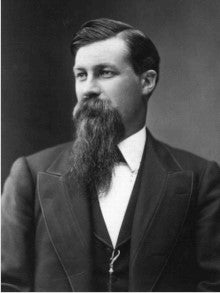 Thomas Chrowder Chamberlin, a distinguished American geologist and glaciologist, made profound contributions to the understanding of Earth’s geological processes. Born in 1843, Chamberlin’s pioneering work focused on glaciation, and he played a pivotal role in shaping the concept of the ice ages. He, along with Rollin Salisbury, proposed the Chamberlin–Salisbury theory, elucidating the role of ice sheets and glaciers in shaping the Earth’s landscape. His investigations into glacial geology and paleoclimatology provided crucial insights into the mechanisms behind ice age cycles. Chamberlin’s scientific prowess extended to his leadership as the president of the Geological Society of America, further influencing the trajectory of geological research. His legacy endures as a trailblazer in the field, having expanded our understanding of the dynamic geological forces that have shaped our planet over millennia.
Thomas Chrowder Chamberlin, a distinguished American geologist and glaciologist, made profound contributions to the understanding of Earth’s geological processes. Born in 1843, Chamberlin’s pioneering work focused on glaciation, and he played a pivotal role in shaping the concept of the ice ages. He, along with Rollin Salisbury, proposed the Chamberlin–Salisbury theory, elucidating the role of ice sheets and glaciers in shaping the Earth’s landscape. His investigations into glacial geology and paleoclimatology provided crucial insights into the mechanisms behind ice age cycles. Chamberlin’s scientific prowess extended to his leadership as the president of the Geological Society of America, further influencing the trajectory of geological research. His legacy endures as a trailblazer in the field, having expanded our understanding of the dynamic geological forces that have shaped our planet over millennia.
L. Pasteur
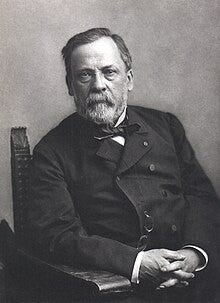 Louis Pasteur, the eminent French microbiologist and chemist, made monumental contributions to science that forever altered the landscape of medicine and microbiology. Born in 1822, Pasteur became a trailblazer in the field of germ theory, fundamentally transforming our understanding of infectious diseases. His groundbreaking experiments debunked the prevailing idea of spontaneous generation, proving that microorganisms were responsible for fermentation and the spoilage of food. Pasteur’s meticulous work laid the foundation for pasteurization, a process that safeguards food and beverages from harmful bacteria. His innovative approach also extended to vaccination, as he developed life-saving vaccines for diseases like rabies and anthrax, pioneering the field of immunology. Pasteur’s legacy is not only etched in scientific advancements but also in the practical applications of his discoveries, ultimately saving countless lives and shaping the modern practice of medicine.
Louis Pasteur, the eminent French microbiologist and chemist, made monumental contributions to science that forever altered the landscape of medicine and microbiology. Born in 1822, Pasteur became a trailblazer in the field of germ theory, fundamentally transforming our understanding of infectious diseases. His groundbreaking experiments debunked the prevailing idea of spontaneous generation, proving that microorganisms were responsible for fermentation and the spoilage of food. Pasteur’s meticulous work laid the foundation for pasteurization, a process that safeguards food and beverages from harmful bacteria. His innovative approach also extended to vaccination, as he developed life-saving vaccines for diseases like rabies and anthrax, pioneering the field of immunology. Pasteur’s legacy is not only etched in scientific advancements but also in the practical applications of his discoveries, ultimately saving countless lives and shaping the modern practice of medicine.
Gibbs
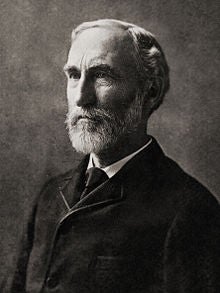 Josiah Willard Gibbs, an American theoretical physicist and chemist, left an indelible mark on the scientific world with his groundbreaking contributions to thermodynamics. Born in 1839, Gibbs developed the foundation for statistical mechanics and vector analysis, providing a mathematical framework that revolutionized our understanding of the physical and chemical properties of matter. The Gibbs free energy equation remains a cornerstone in chemical thermodynamics, offering profound insights into the spontaneity and equilibrium of chemical reactions. Gibbs also made significant contributions to the study of phase transitions, laying the groundwork for the understanding of complex systems. His innovative approach and mathematical rigor elevated the field of physical chemistry, and his theories continue to influence diverse scientific disciplines, from physics to engineering. Gibbs’ intellectual legacy endures as a testament to the power of mathematical abstraction in unraveling the mysteries of the physical world.
Josiah Willard Gibbs, an American theoretical physicist and chemist, left an indelible mark on the scientific world with his groundbreaking contributions to thermodynamics. Born in 1839, Gibbs developed the foundation for statistical mechanics and vector analysis, providing a mathematical framework that revolutionized our understanding of the physical and chemical properties of matter. The Gibbs free energy equation remains a cornerstone in chemical thermodynamics, offering profound insights into the spontaneity and equilibrium of chemical reactions. Gibbs also made significant contributions to the study of phase transitions, laying the groundwork for the understanding of complex systems. His innovative approach and mathematical rigor elevated the field of physical chemistry, and his theories continue to influence diverse scientific disciplines, from physics to engineering. Gibbs’ intellectual legacy endures as a testament to the power of mathematical abstraction in unraveling the mysteries of the physical world.
Steinmeiz
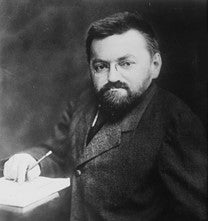 Charles Proteus Steinmetz, a brilliant electrical engineer and mathematician, made profound contributions to the field of electrical engineering in the late 19th and early 20th centuries. Born in 1865, Steinmetz played a pivotal role in the development of alternating current (AC) systems, making them more practical and efficient. His mathematical insights and innovations in electrical circuit theory were instrumental in solving complex engineering problems related to alternating current, making AC power distribution a viable and widespread technology. Steinmetz’s work extended beyond theory into practical applications, significantly influencing the design and optimization of electrical systems. His impact on the electrical engineering field was monumental, and his legacy endures as a key figure in the electrification of the modern world. Steinmetz’s ability to bridge theoretical understanding with practical implementation marked him as a true pioneer in the advancement of electrical engineering.
Charles Proteus Steinmetz, a brilliant electrical engineer and mathematician, made profound contributions to the field of electrical engineering in the late 19th and early 20th centuries. Born in 1865, Steinmetz played a pivotal role in the development of alternating current (AC) systems, making them more practical and efficient. His mathematical insights and innovations in electrical circuit theory were instrumental in solving complex engineering problems related to alternating current, making AC power distribution a viable and widespread technology. Steinmetz’s work extended beyond theory into practical applications, significantly influencing the design and optimization of electrical systems. His impact on the electrical engineering field was monumental, and his legacy endures as a key figure in the electrification of the modern world. Steinmetz’s ability to bridge theoretical understanding with practical implementation marked him as a true pioneer in the advancement of electrical engineering.
Discover the History of the Science Building